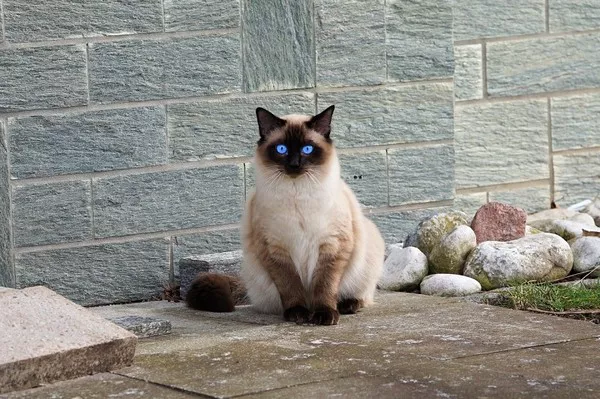Invasive species have emerged as the primary drivers of biodiversity loss in Australia, as per a recent United Nations report. Among these invasive species, feral cats rank as the most destructive, responsible for the estimated death of around two billion animals annually, according to Australia’s Environment Minister, Tanya Plibersek.
Responding to this ecological crisis, the Australian government has reaffirmed its commitment to combatting the feral cat population. While this isn’t a new initiative, the recent proposal introduces some fresh elements to the strategy. The comprehensive action plan includes measures such as creating programs to engage recreational hunters in reducing feral cat numbers and implementing euthanasia for cats captured in the wild.
Authorities are also exploring stricter regulations on domestic cats, including enforcing night curfews, setting a cap on the number of cats per household, and establishing cat-free suburbs.
Tanya Plibersek stated, “This consultation paper will ask really important questions, like, ‘Should we have a cat curfew? Should local governments have more opportunity to restrict the ownership of cats in their area?'” These questions are aimed at fostering dialogue and seeking community input.
Numerous local governments in Australia have already enacted stringent cat regulations, garnering international attention. For instance, Mount Barker in South Australia limits each household to two pet cats. Some councils mandate indoor confinement for pet cats, and specific suburbs have been designated as “cat containment zones” where cats must remain indoors at all times.
On Christmas Island, an Australian territory northwest of the mainland, authorities imposed a ban on introducing additional cats to the island and mandated the sterilization of resident pet cats in an effort to eventually eliminate the feline population.
Although these pet management strategies often operate at the local level, inconsistencies can arise due to varying state laws. The government’s new proposal seeks to establish uniform laws at the state level, granting local governments greater authority to create cat-free neighborhoods.
Sarah Legge, a professor at the Australian National University and a leading researcher on cat impacts in the country, emphasized that Australians generally support measures to manage domestic cats, particularly in light of the severe species loss they have experienced. Professor Legge noted that one domestic cat typically kills around 186 mammals, birds, reptiles, and frogs each year, compared to the 748 killed by a feral cat. However, due to the higher population density of domestic cats in suburban areas, they collectively pose a greater threat to wildlife.
The consequences of domestic and feral cats are intertwined, with pets occasionally becoming strays and strays potentially reverting to feral status. This complex dynamic underscores the need for a comprehensive approach to address the issue.
While Australia has grappled with its feral cat problem for many years, recent efforts have expanded to include domestic cats in the conversation. Professor Legge stressed the importance of conducting this conversation thoughtfully, particularly when engaging with cat owners. She emphasized the need to avoid polarizing the debate and making pet owners defensive about their animals.





















